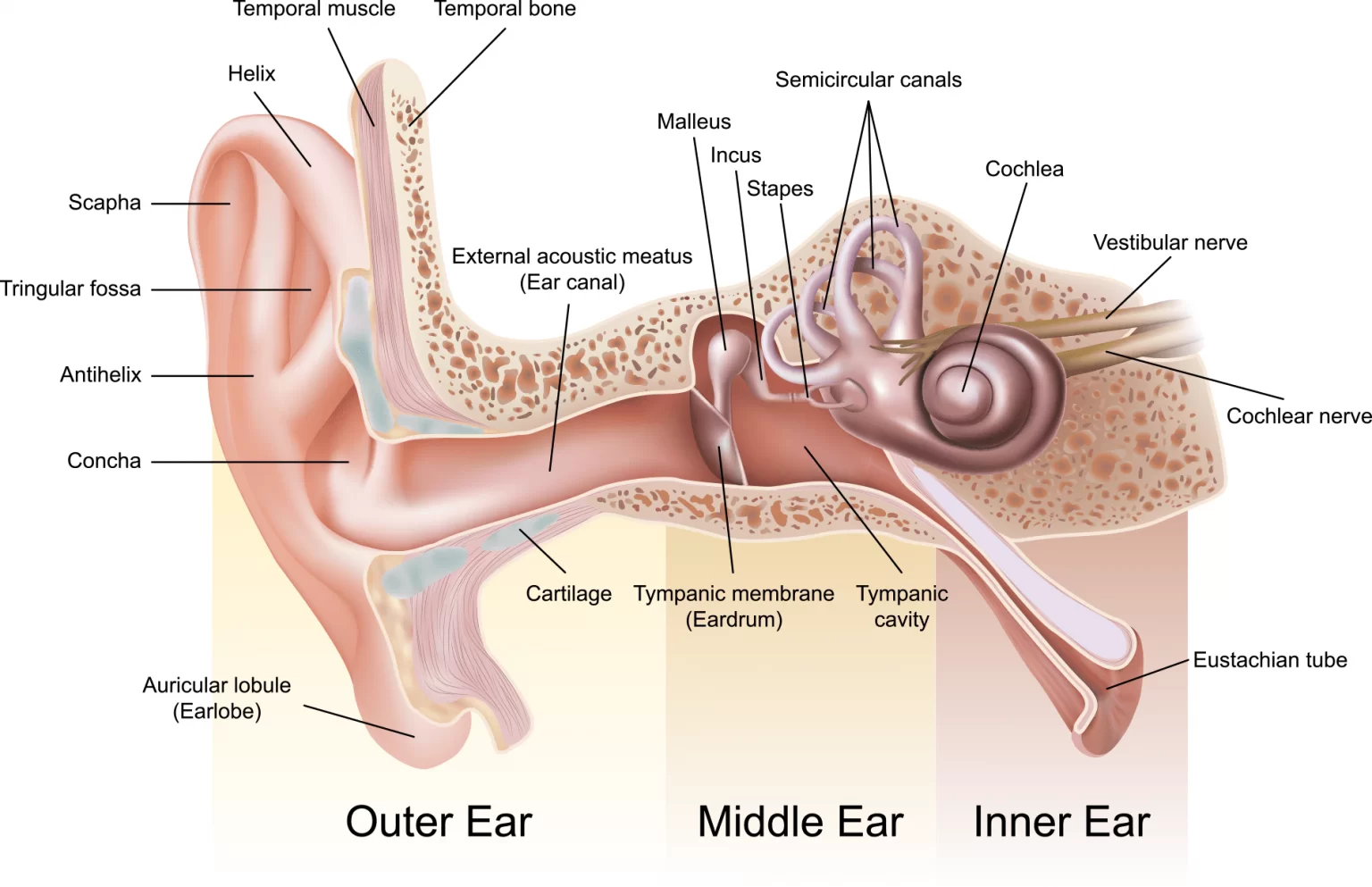Types Of Hearing Loss
What Are the Symptoms of Hearing Loss?
Hearing loss is a progressive condition that worsens over time. Symptoms appear so gradually, you may be completely unaware of your affliction for some time. Even when hearing loss is suspected, it takes an average of seven years for a person to seek medical treatment.
Knowing the signs is helpful in spurring you to take action sooner. Any of the following might indicate hearing loss:
- Frequently asking people to repeat what they have said.
- Feeling like others mumble when they speak.
- Having difficulty following conversations in which background noise is present.
- Turning up the volume on the television or radio.
- Avoiding social gatherings in noisy places.
Often, a family member or friend will be the first to notice a hearing problem. Since treatment is most effective when begun early, if you think you might be suffering from diminished hearing, do not hesitate to schedule an appointment with a hearing specialist. The sooner, the better!
What kind of Hearing Loss Do You Have?
Did you know there is more than one type of hearing loss? Changes to different parts of the hearing system will result in one of three types of hearing loss: sensorineural, conductive, or mixed.

Sensorineural Hearing Loss
Sensorineural hearing loss (SNHL) results from changes in the inner ear (cochlea) and/or the auditory nerve (pathway) from the inner ear to the auditory cortex of the brain. More often than not, these changes cause permanent hearing loss that is not treatable with medicine or surgery. Some of the known causes of SNHL include the following: age, noise exposure, genetics, malformations of the inner ear, benign tumor, illnesses, medications known to be toxic to the ear, and injury/trauma. Hearing aids are a common solution used to assist with this type of hearing loss.
Conductive Hearing Loss
Conductive hearing loss (CHL) results from changes in the outer ear and/or middle ear. With a CHL, sound is not able to travel (be conducted) efficiently down the ear canal, through the eardrum, and along the ossicles (middle ear bones). Some of the more common causes of CHL include the following: fluid in the middle ear, ear infection in either the outer and/or middle ear space, allergies, a hole in the eardrum, ear wax (cerumen) blockage, benign tumor, a foreign object in the ear canal, and the absence or malformation of the outer and/or middle ear. This type of hearing loss is often corrected with medical management or surgery. In some cases, hearing aids may be recommended.
Mixed Hearing Loss
Mixed hearing loss (MHL) results from the presence of both a SNHL and CHL at the same time. For example, a person with noise-induced SNHL may get a head cold that causes fluid in the middle ear. During the time the fluid is present, a CHL is occurring in addition to the already present SNHL. Sometimes MHL can improve with medical management, while other times, it is permanent.
